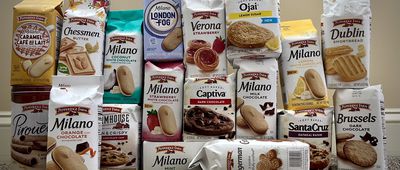Sticker Shock
When word of tariffs hit the airwaves, some people didn’t realize what they would entail. Unfortunately, it’s mostly bad news for most consumers. Tariffs on countries that export goods to U.S. consumers mean you’ll likely pay more for the same items.
Even though tariffs can be removed, consumers might still experience sticker shock for a while, and in some cases, prices may not come back down. While there is currently a pause on “reciprocal” tariffs from most countries, a 10 percent baseline tariff remains in effect for all goods.
Here are some common items that you’ll soon see with higher prices.



















